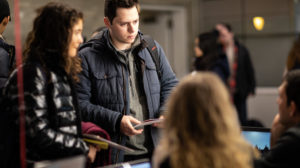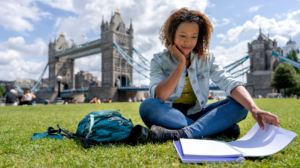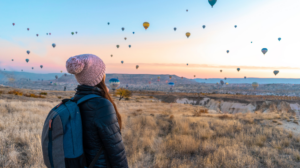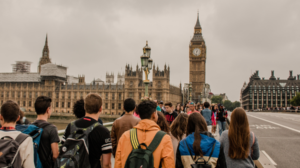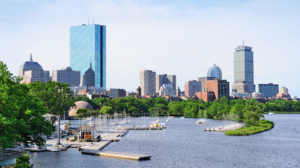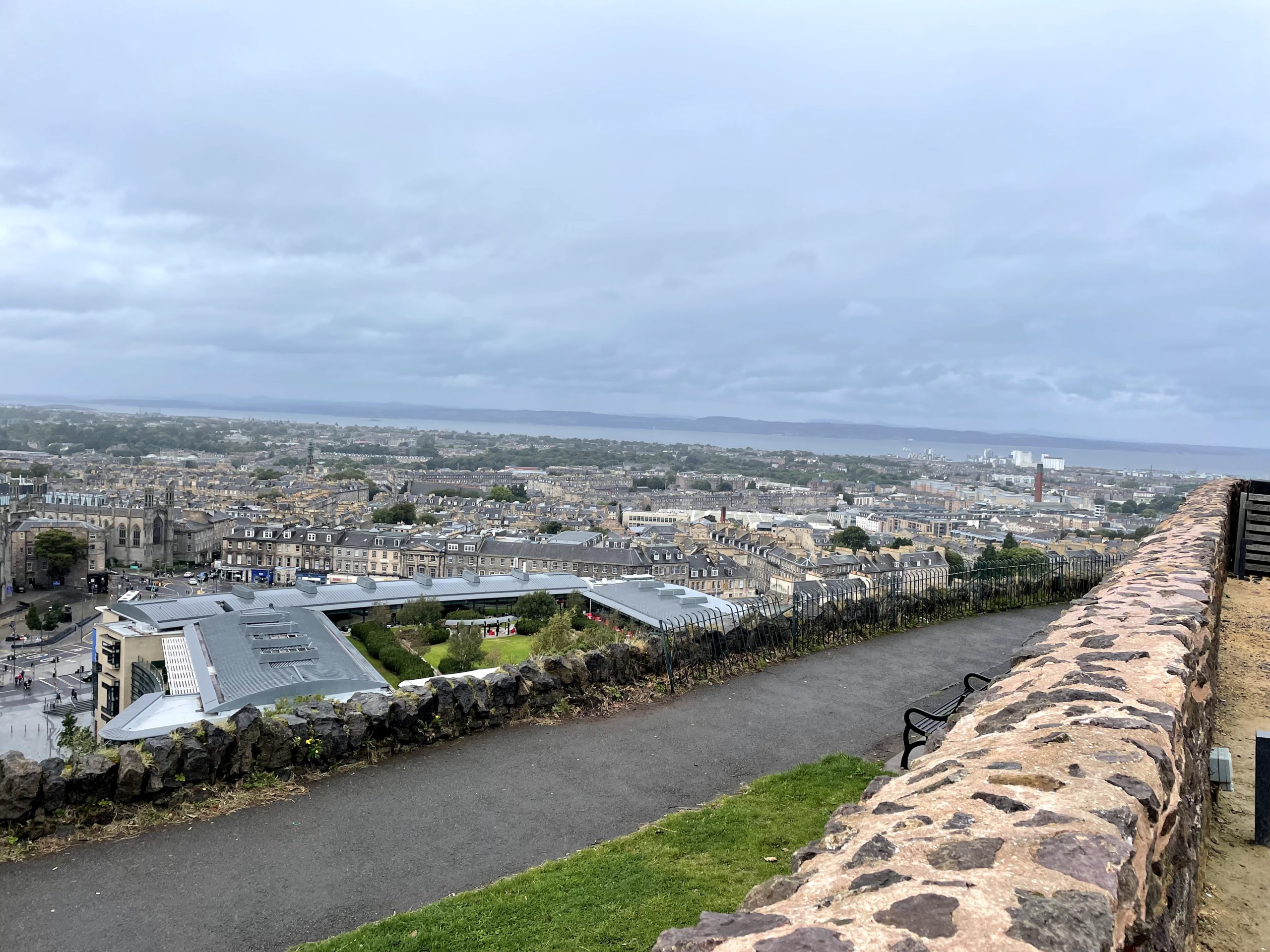The world we are currently living in has drastically changed. That shouldn’t be too much of a surprise for anyone. For nearly two years, we’ve dealt with the restrictions that come along with a global epidemic. Most of us have a good understanding of what this looks like in America. We’ve worn our masks, taken tests, gotten vaccinations, and more. Businesses have slowly reopened and larger venues are slowly reopening. That’s what’s been going on in the America I left in August, but what does life in the UK look like right now?
In my previous blog post (for those who read it!), I explained the impact of COVID-19 on school life. Here at the University of Edinburgh, we are operating under a hybrid model, with larger lectures being online and smaller classes and tutorials meeting in person. Masks are required in the classroom, quite similar to Northeastern’s own policies this semester. Classrooms are selected in an effort for students to social distance. For example, my 20 person seminar is in a typically-50-person lecture hall. It’s slightly strange having so much room, but it’s completely logical. I was worried about the pandemic (as we all have been for so long) and nervous to come abroad because of it. But not only is the city and country making an effort to stop the spread, but the University of Edinburgh is as well!
Besides classes, everyday life in Edinburgh feels like the new normal we have been getting used to for the past two years. Masks are required in indoor settings, except while eating and drinking. They’re also required on public transport. However, despite the continuation of mask mandates for indoors, restaurants, pubs, clubs, cafes, and more are open. Places still attempt to socially distance tables and the like, but there aren’t really any restrictions on these leisure activities. I can also go to the gym, enter museums and galleries, with ease. Scotland is, at least in my eyes, open.
Ordering online is a convenience that comes along with the effort to make situations more contactless. Most restaurants or pubs will have QR codes at the tables, where you can order meals and drinks straight to the table from your phone. For places like coffee shops, it’s really nice. You don’t have to worry about ordering a drink and leaving a precious seat or not being able to find one at all.
The one main difference that I’ve noticed between the US and UK is contact tracing. At Northeastern, we conduct contact tracing with students who receive positive tests. But contact tracing on the local and state level isn’t as prevalent. But here, in Edinburgh, but also the broader United Kingdom, contact tracing is quite a big deal. Whenever I enter an eatery, pub, or even a museum, I am asked to scan a QR code to signify that I am entering the establishment. This is then used for contact tracing, in the event I test positive or I am at the establishment where someone else there as well may test positive. It’s definitely a comprehensive system, but super easy, too. I don’t think I’ve spent more than 30 seconds any time I’ve had to complete the contact tracing. Most smartphones have the capability to scan QR codes, and if one doesn’t, most places will have a paper record where you can write down your relevant information.
Similar to the process for smaller social settings, going to large events here in Edinburgh requires attendees to mask, test, and contact trace. I got the chance to see a concert here at the Edinburgh Corn Exchange. Declan McKenna was performing! I showed up to the venue with the intention of buying a ticket at the box office. Thankfully, they still had some left, but I was surprised when the vendor asked me if I had gotten my negative test yet. I had known some concerts in America were requiring proof of a negative test or vaccination, but not both. I said I was vaccinated, and asked if I still needed a test result. The answer was yes, but the lady informed me that they were doing tests on site. She directed me to a small table where medics were performing rapid tests. Well, rather, they handed me the test to swab myself, but then processed the results themselves. It took only a few minutes for my negative results to appear. I had to then log the test result with the NHS. I got in line, completed my Test & Trace, and was allowed into the venue to see the show. It blew my mind that I was able to get a test at the venue. It made me feel so much safer!

Quite recently, the Scottish Parliament passed a law allowing for vaccine passports to be used in certain contexts. Proof of vaccination will be required for those who are attending large events, such as concerts or sporting games. I believe this will go into effect in mid-October. For people vaccinated in Scotland, I believe an app will be available to show your vaccination status. However, for me, and many others who have not been vaccinated in Scotland, we will have to bring our physical vaccination card. I hope in the future the app will possibly extend to people vaccinated in other countries, but only time will tell!
Travel is another big component of how governments and countries around the world are handling the pandemic. There were travel restrictions for me to enter Scotland, but now that I am here, I can travel throughout the UK and Common Travel Area (UK plus Ireland) rather easily. Travel restrictions have a tendency to change pretty quickly. International travel restrictions have changed probably two or three times in the month that I’ve been here.
Going abroad is always a risk, but more so now than ever. Being conscious of local health guidelines and statistics, and practicing good hygiene is essential. It is not impossible, though. I’ve had an absolutely amazing experience so far, even if it is not what I expected. I don’t regret a second of it.

